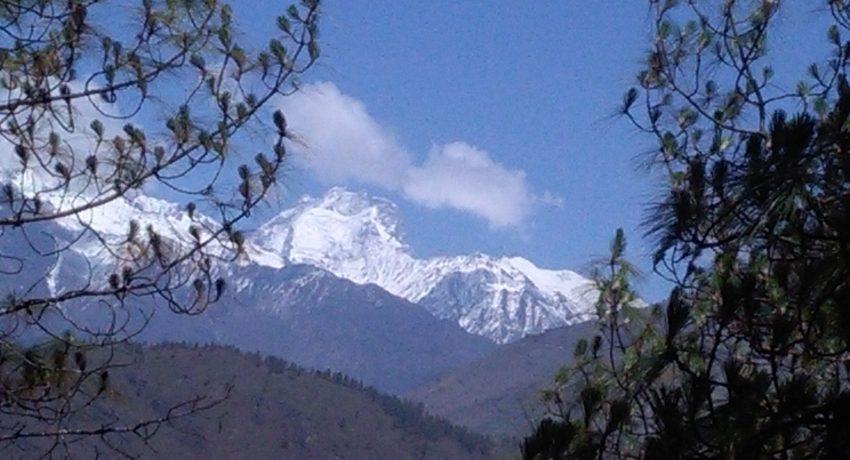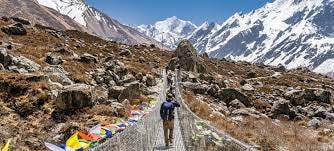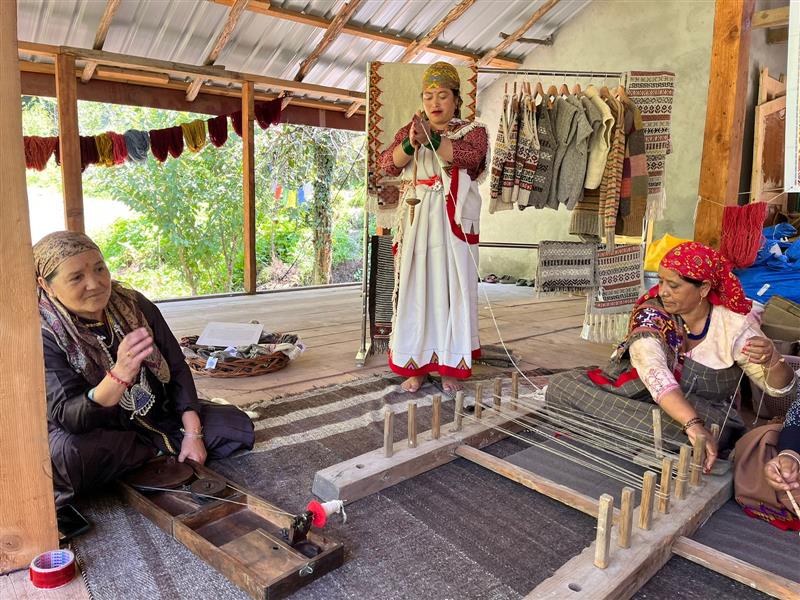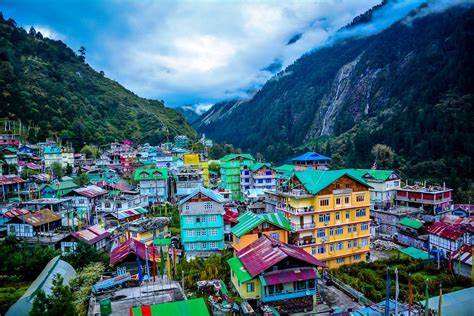Navigating the Challenges: Unraveling the Difficulty of Langtang Trek

Embarking on a trek in the heart of the Himalayas is a dream for many adventure seekers, and the Langtang Valley trek stands out as an enticing option. However, the awe-inspiring beauty of Langtang comes with its own set of challenges. In this blog post, we’ll delve into the difficulty of the Langtang trek, providing insights and tips for trekkers looking to conquer this exhilarating journey.

Understanding the Terrain:
Langtang Valley, nestled in the Langtang National Park of Nepal, boasts rugged terrain and varying altitudes. Trekkers should be prepared to traverse through dense forests, high mountain passes, and rocky paths. The ever-changing landscape demands a good level of physical fitness and mental endurance.
Altitude Concerns:
One of the primary difficulties of the Langtang trek is the altitude. As you ascend, the air becomes thinner, making breathing more challenging. Altitude sickness is a real concern and can affect even the fittest individuals. To mitigate this risk, acclimatization days are crucial. Trekkers are advised to take it slow, allowing their bodies to adjust to the changing altitude gradually.
Weather Conditions:
Langtang’s weather is unpredictable, and trekkers must be prepared for sudden changes. Harsh weather conditions, including snowfall and rain, can add to the trek’s difficulty. Proper gear, including waterproof clothing and sturdy footwear, is essential to navigate through these conditions.
Accommodation Challenges:
Accommodations along the Langtang trek are basic, and teahouses may not offer the comforts of urban hotels. Limited facilities and amenities mean trekkers need to adjust to rustic living conditions. However, the warmth and hospitality of the locals compensate for the lack of luxury.
Tips for Conquering the Langtang Trek:
- Physical Preparation: Engage in regular cardiovascular exercises and strength training to build endurance and stamina.
- Altitude Acclimatization: Plan acclimatization days into your itinerary, allowing your body to adjust to higher altitudes gradually.
- Weather-Appropriate Gear: Invest in quality gear, including waterproof clothing, insulated layers, and sturdy hiking boots to tackle varying weather conditions.
- Stay Hydrated and Nourished: Dehydration can exacerbate altitude sickness, so ensure you drink plenty of water and eat nutrient-rich foods throughout the trek.
- Local Guides and Support: Engage local guides and support staff who are familiar with the terrain, weather patterns, and can provide valuable assistance in challenging situations.
Conclusion:
While the Langtang trek presents its share of challenges, the rewards are equally magnificent. Stunning landscapes, vibrant cultures, and the unparalleled sense of accomplishment make the journey worthwhile. By understanding and preparing for the difficulties, trekkers can embark on this adventure with confidence, creating memories that will last a lifetime. So, lace up your boots, pack wisely, and get ready to conquer the difficulty of the Langtang trek!






